The City of Fort McMurray has just completed the construction of a new sewage treatment plant designed to be expanded in phases to meet the housing needs of the city’s rapidly growing population.
The City of Fort McMurray has just completed the construction of a new sewage treatment plant designed to be expanded in phases to meet the housing needs of the city’s rapidly growing population.
“The expansion phase is essential for this project,” said Melissa Blake, mayor of the Regional Municipality of Wood Buffalo.
“We are designed to phase two, which will serve a population of 100,000. We have the ability to do phase three at any time, which would bring us up to 133,000 people.”
The new wastewater treatment facility officially opened late last month.
The for first phase contract was awarded in February 2006.
“When Associated Engineering was engaged in 2003, we developed population projections,” said Herb Kuehne, Associated Engineering’s project manager on the facility and vice-president of civil infrastructure.
“At that time, the population projection for Fort McMurray into the foreseeable future was 70,000. The challenge they had was the population was flat through the 90s because oil was fluctuating in the $10-20 (a barrel) range.”
Kuehne came up with population projections that estimated Fort McMurray would have a population of 133,000 by 2025. So, when construction began in 2006, the facility was designed to serve a population of 85,000.
“The point is everybody was concerned we would overbuild the plant, so it was designed to be built in stages,” said Kuehne.
However, oil prices increased to an average of about $100 in 2008 from about $22 in 2002, which resulted in a large number of plants being built. The population then increased much faster than originally projected.
The population expanded rapidly to 72,000 in 2008 from about 36,000 in 1999.
Kuehne said this rapid population growth made it necessary to move forward with the staged approach, when the contract for phase two was awarded in August 2007.
Phase three, which is being considered in the short term, will build systems and components that allow for ongoing operations, maintenance and enhanced filtration.
“Under extreme operations in winter, the concern is if something breaks, redundancy is needed to ensure proper operation,” said Kuehne.
“The final components meet operational requirement and environmental compliance into the future.”
The city has co-ordinated the construction of the wastewater treatment facility with its plans for residential development.
Over a five-year period, the Alberta government will invest more than $241 million to develop land located in the Parsons Creek and Saline Creek Plateau areas adjacent to Fort McMurray.
Of the total $241 million, $166 million will be used to complete a new residential development at Parsons Creek.
The remaining $75 million will bring utilities and roads to the Saline Creek Plateau area, making future residential, commercial and industrial developments possible.
Phase One of Parson Creek will cover 450 acres and will include more than 2,000 new homes.
A full 20 per cent of the homes will be designated as affordable housing, with rents at least 10 per cent below market rate.
When Parsons Creek is fully built it will house about 24,000 people.
The expansion of the wastewater treatment capacity allowed the replacement and upgrading of sewer lines to service these new developments.
The first phase of the treatment plant was estimated to cost about $160 million. But the phase two expansion added an additional $57 million.
The facility was built to LEED Silver Certification, meeting environmental standards for indoor environment quality and innovation, sustainable site, water efficiency, energy and atmosphere, materials and resources and design process.
Prior to the completion of the treatment facility, sewage was treated in mechanically aerated lagoons that were built in the 1970s and 1980s.
The former plant was designed to serve a population of about 60,000.
In addition to addressing increased population growth, the new facility can handle the increase in trucked sewage, much of it is from industrial construction camps.
During the recent boom, a shadow population of construction workers, from eastern Canada helped build oilsands projects.
Waste water from truck hauling has more than tripled since 2004, adding an equivalent of 16,000 to 20,000 people in handling demand.


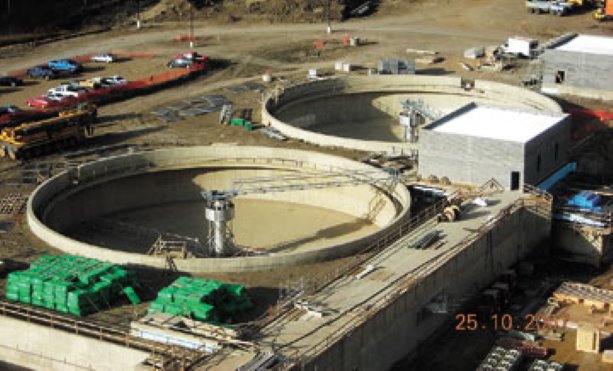
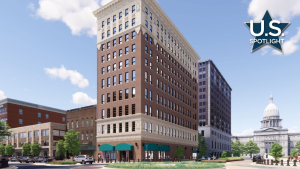

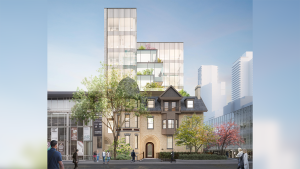
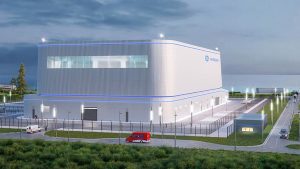

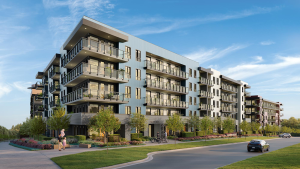


Recent Comments
comments for this post are closed